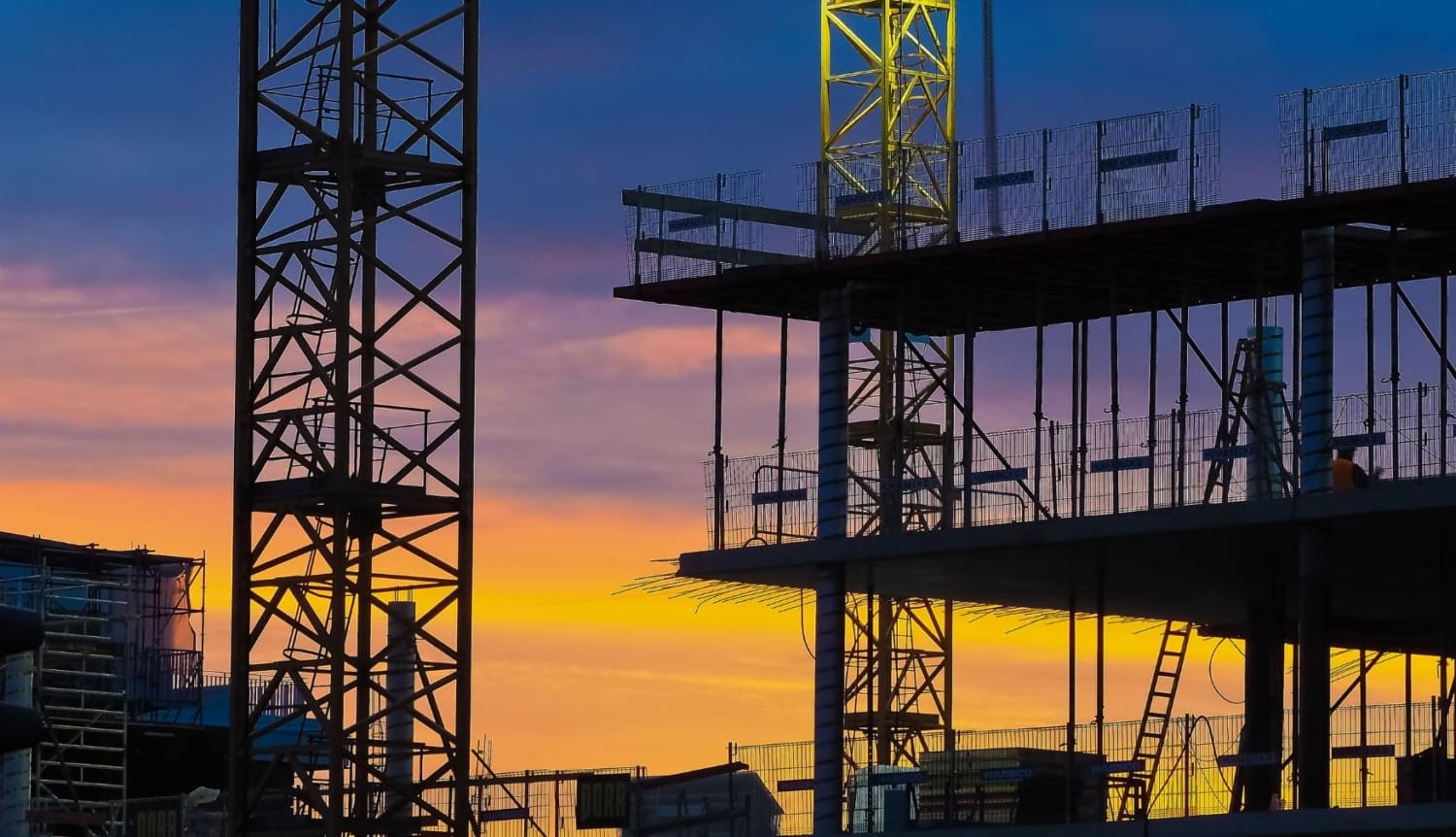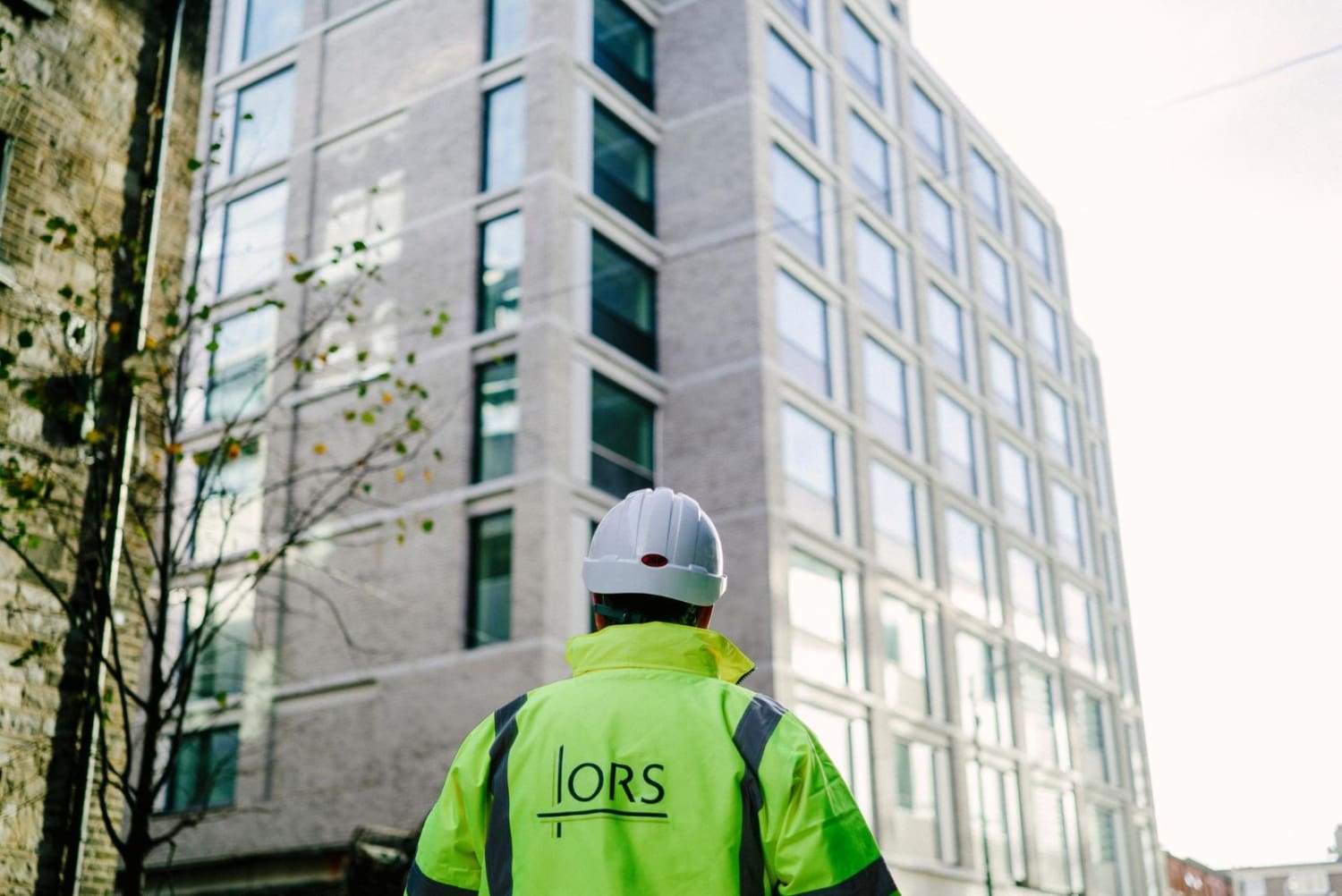The Energy Efficiency Directive (EED) mandates large organisations to complete energy audits every four years. This requirement was transposed into Irish legislation in 2014 through S.I 426 and is called the Energy Auditing Scheme (EAS) in Ireland. The Energy Auditing Scheme is a mandatory energy assessment scheme and legal obligation for organisations in Ireland that
Read More
The ORS Environmental Team outline why in their experience the early appointment of an environmental consultant is the best strategy to avoid unforeseen scenarios and ensure a project’s success. Picture the following scenario… after months of careful planning and preparation; the construction phase is finally underway. Plant is mobilised to site and enabling works are
Read More
Traditionally, health was the forgotten element of ‘health & safety’. The focus was heavily put on the dangers/risks that would cause immediate harm or injury which are easier to measure. Over the past decade, there has been a transformation, and the occupational health hazards are well known to most in the construction industry. Occupational health
Read More
Every site is different and likely to present various hazards and risks. However, a well-designed and maintained site with proper segregation of vehicles and people will make workplace transport accidents less likely. The most effective way of ensuring pedestrians and vehicles move safely around a construction site is to provide separate pedestrian and vehicle traffic routes. Where possible, there should
Read More
Building Control (Amendment) Regulations 2014 and the Code of Practice for Inspecting and Certifying Buildings and Works (September 2016) requires the building owner to appoint a Design Certifier at the outset of a construction project. The Design Certifier can be a registered architect, building surveyor or chartered engineer. The Design Certifier is responsible for co-ordinating, compiling and
Read More
Feasibility Studies All projects simply begin as an idea. An “idea” is a rough notion in our head about something we like or want to do. As an idea is developed, it goes through a fine-tuning process which results in a final form known as a “concept”. Many concepts will never be developed, while some
Read More
The ORS Building Surveying team is often asked: “Why are you recommending a property boundary survey when we use Ordinance Survey Ireland (OSI) detail anyway?” A fair question, but the answer is often a little more complicated. The reason for this recommendation is to have a clear picture of the true ground position of the
Read More
Energy Master Plans (EMP) are methods for Sustainable Energy Communities to understand and identify their current situation and projected destination in relation to energy use. EMPs can be used as road maps for communities to achieve significant savings on energy expenditure and waste, focusing on a targeted approach. Communities often have a very good grasp
Read More
Risks and opportunities are present in all projects. Risks are classified as negative effects and opportunities are seen as positive. Risks should be identified at the earliest possible stage of a project. A risk plan and risk matrix are important inputs for a project management plan. The risk matrix assesses the probability and impact of
Read More









